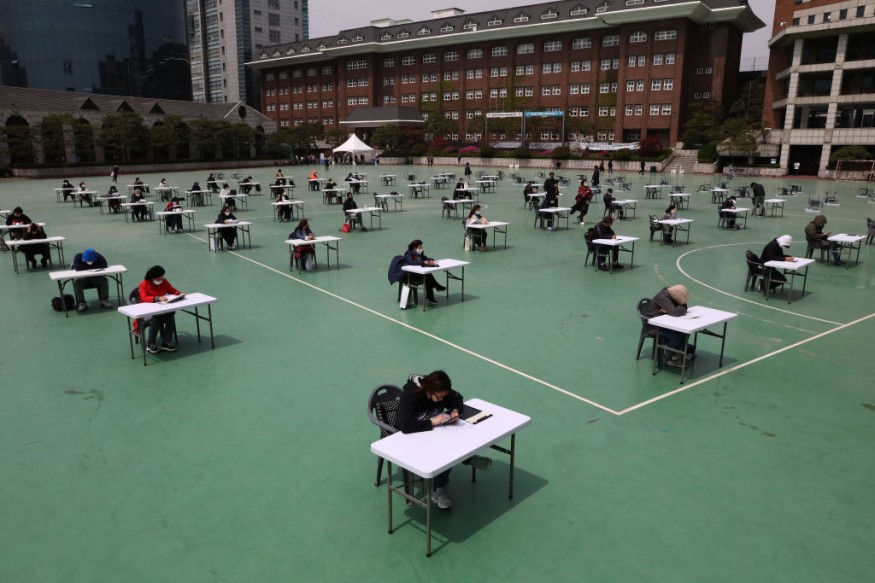South Korea may be setting the best example of how schools can reopen safely without increasing the spread of coronavirus, as seen on several American campuses. Children are seen practicing physical distance in class and during lunchtime, always wearing masks, and having their temperature checked at home and school.
Schools are a high-risk environment, explained Young June Choe, a pediatrician from South Korea's Hallym University. Classrooms typically have poor ventilation, and students stay in that environment for at least eight hours a day.

However, the risks of infection can start even before students reach school. Students come from various neighborhoods, some high-risk and others low-risk, which can come from either private or public transportation.
During break time, the only way to avoid viral spread would be to keep children physically distant at the canteen and in playgrounds. Students would have to be taught how to be vigilant with physical distancing, wearing face masks, and hygiene practices.
Also, it was previously assumed that children would be less infectious due to mild symptoms, and since most studies focused on adult patients. Now, there is growing evidence that children are just as infectious as adults are likely to spread coronavirus within their households.
Reopening After a Low Community Spread
Another key to safely reopening schools would be to do so after there is a low community spread. Epidemiologist Zoë Hyde from the University of Western Australia explained, 'If schools are reopened in areas with high levels of community transmission, major outbreaks are inevitable, and deaths will occur in the community as a result.'
In South Korea, schools were only reopened after daily cases were below 50 or about one case for every one million people. At the same time, the government ensured that the number of students returning to face-to-face teaching was limited and that they were in safe, clean environments. As soon as a student tested positive, classes were back online.
According to researchers, there was no increase in cases in minors for the first two months that school reopened. Between May and June, only one student out of 111 would test positive and were infected from a family member or other external locations.
Choe said, "with the right policies, we can control transmission in schools in a setting of low community transmission. There is no special recipe that makes Korea unique."
READ: Dr. Fauci Supports Schools Reopening if Guidelines are Followed
Schools Reopening in the US
In the United States, despite the guidelines set by the Centers for Disease Control and Prevention (CDC), COVID-19 cases have spiked in several schools. Some campuses, such as the University of North Carolina, have already canceled classes just a week after reopening. In Georgia, three high schools in Cherokee County also closed due to several positive cases. Currently, around 30 percent of their students are under quarantine. This follows the pictures on social media at the beginning of August, showing crowded hallways with many students not wearing a face mask.
800 students in Cherokee County have been asked to quarantine after schools opened this week. pic.twitter.com/x7Jx1gqzqi — Everything Georgia (@GAFollowers) August 12, 2020
Many other schools across the country have opted to continue online teaching as the nation still sees up to 1,000 cases a day. Pediatrician Katherine Auger of the Cincinnati Children's Hospital Medical Center said that if schools return to 'the way they used to be, then we are going to be in trouble.'
READ NEXT: It Is Better for Children to Open Schools Than to Keep Them Closed Amid Coronavirus: CDC Director
Check out more news and information on COVID-19 on Science Times.












